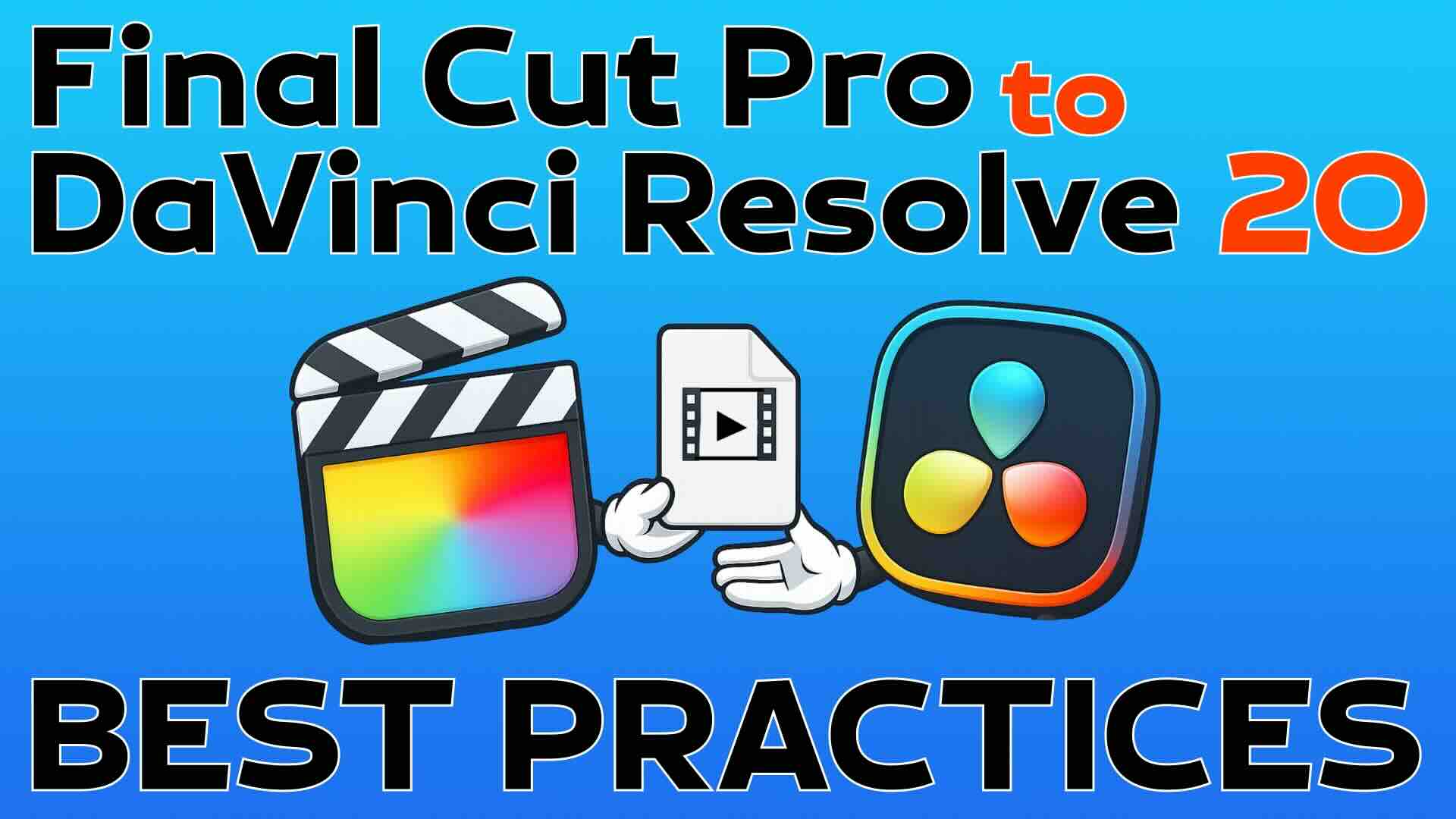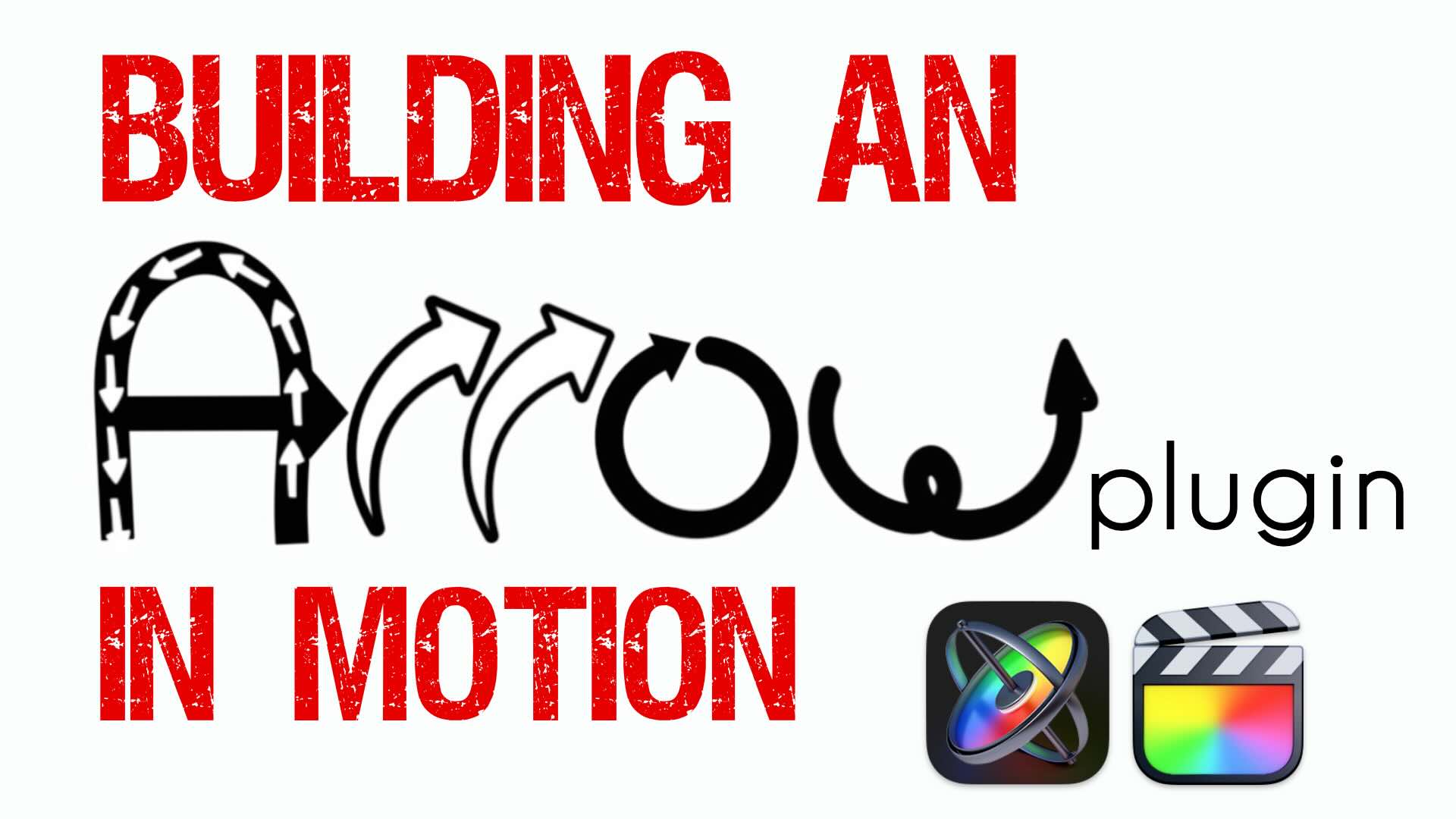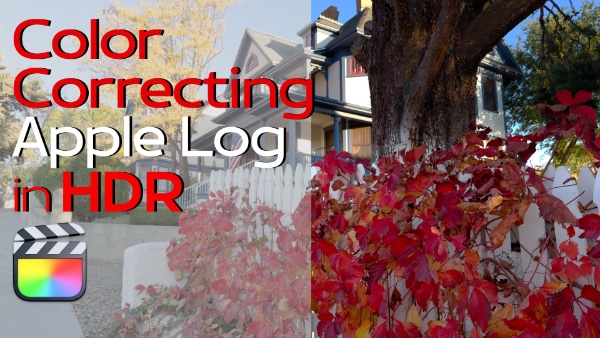Try Out Clips First Using Auditions in Final Cut Pro X
This quick video will teach you how to use auditions to try out clips in your project in Final Cut Pro X. This is really useful when you already have your project timings set and don’t want to change the length of your project. Try alternate takes or clips by lifting them out of the primary storyline and use the gap clip to preview your replacement like a transparent window.
Using Auditions on a Project in Final Cut Pro X
If you haven’t used audition clips in Final Cut Pro X, they are extremely useful for trying out alternate clips or takes in the context of your edit. Timesaving as they are, they do have one little quirk you should be aware of and in this episode I’m going to show you my little trick for controlling their behavior.
I have open a string-out of some time-lapse clips that my production team shot of some famous locations around the city of San Francisco. All the clips have been timed to a music track. Skimming over the shot of the Golden Gate Bridge, I’m wondering if a different shot of the famous bridge might work better.
Park your playhead over the clip you want to target as an audition clip. Then in the Browser, locate the clip or clips you want to add to the audition clip, and select them.
To add them to the audition, press Control-Shift-Y. At first it seems like nothing happened until you look closely at the clip in the timeline.
A tiny spotlight icon called a “badge” appears in the upper left corner of the clip. Clicking the badge will bring up the audition preview window. Pressing your right arrow key, you can cycle through each clip, what Final Cut Pro calls a “pick”.
The one little quirk I mentioned is that if you add clips to the audition that are longer in duration than the original clip, when you choose a longer pick, any clips to the right of the audition clip get pushed later in time.
Needless to say this is not optimal, especially if you’ve already timed your cuts as I’ve done here with the music.
Select the audition clip and press Command-Option-Up-Arrow to lift the clip out of the Primary storyline.
The Audition clip is moved and automatically connected to a Gap Clip to preserve the project timing. Next, make sure Snapping is enabled,
then drag the clip below the Primary Storyline.
Snapping will ensure that the clip will stays in alignment to the edge of the Gap Clip above it.
I’m also going to show you a faster way to change the pick. Select the audition clip, then press Control-Option-Right Arrow to forward cycle through each clip.
Press Control-Option-Left-Arrow to cycle in reverse.
Notice as I do this, the longer picks have no effect on the project timing because they are outside of the primary storyline. I’m going to choose this daytime shot of the Bridge as my pick.
Now here’s the cool part and the very reason I dragged the audition clip below the primary storyline instead of leaving it connected above it. The gap clip functions as a transparent window to the clip below it. As I skim over the Gap clip, we’re only viewing the bridge for the duration of the Gap clip.
If you want to use a different section of the clip, select it, then press Shift-Comma to nudge the clip earlier in time by 10 frame increments. The portion of the clip you see is only the portion revealed by the gap clip.
Let’s play back…





